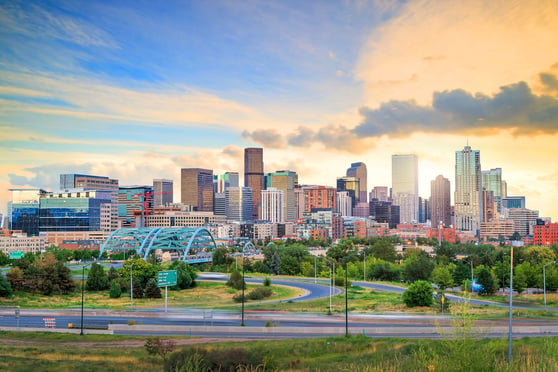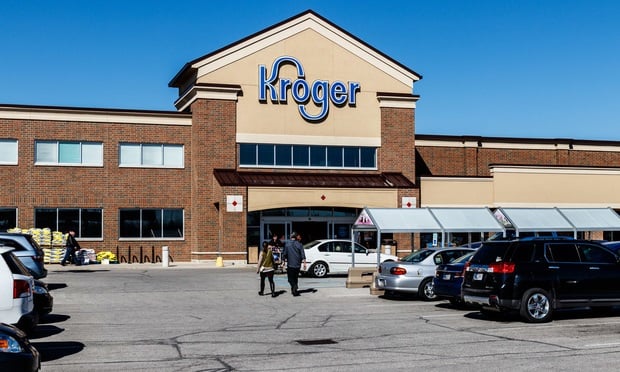Osborne says that about 6,300 new apartment units will break ground this year, about 30% fewer than last year. "However, even with the decline in the pace of construction, new construction starts will continue at high levels relative to other US cities," according to Osborne's report.
Osborne says the lack of available site and high barriers to entry will create a premium for locations along the US 36 corridor between Denver and Boulder and the Downtown Denver area. "Due to this shortage of new sites, older apartment are being renovated or converted into condominium projects," he says.
The overall vacancy rates will rise to an average of over 5%, compared with 4.6% in 2000. "Although this represents an 8% jump in vacancies, at 95% occupancy most apartment projects are operating at very healthy levels," concludes Osborne.
Boulder's University of Colorado maintains the lowest vacancies, with less than 1% of the units vacant, while Aurora has the highest with a 7% vacancy. The southeast corridor is the most vulnerable to increases, because supply outstrips demand.
Rents should continue to increase due to high demand, though at a more moderate rate of 4%. And, average sales prices will continue upward, commanding an average price per unit of more than $64,000 by year end.
Want to continue reading?
Become a Free ALM Digital Reader.
Once you are an ALM Digital Member, you’ll receive:
- Breaking commercial real estate news and analysis, on-site and via our newsletters and custom alerts
- Educational webcasts, white papers, and ebooks from industry thought leaders
- Critical coverage of the property casualty insurance and financial advisory markets on our other ALM sites, PropertyCasualty360 and ThinkAdvisor
Already have an account? Sign In Now
*May exclude premium content© 2024 ALM Global, LLC, All Rights Reserved. Request academic re-use from www.copyright.com. All other uses, submit a request to [email protected]. For more information visit Asset & Logo Licensing.








